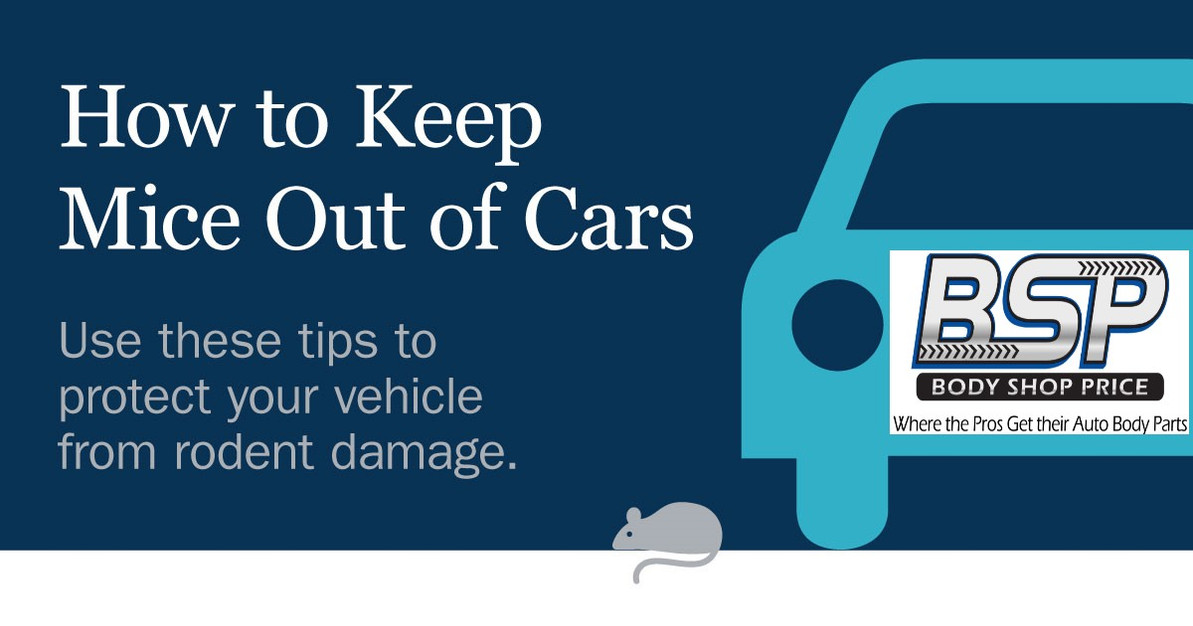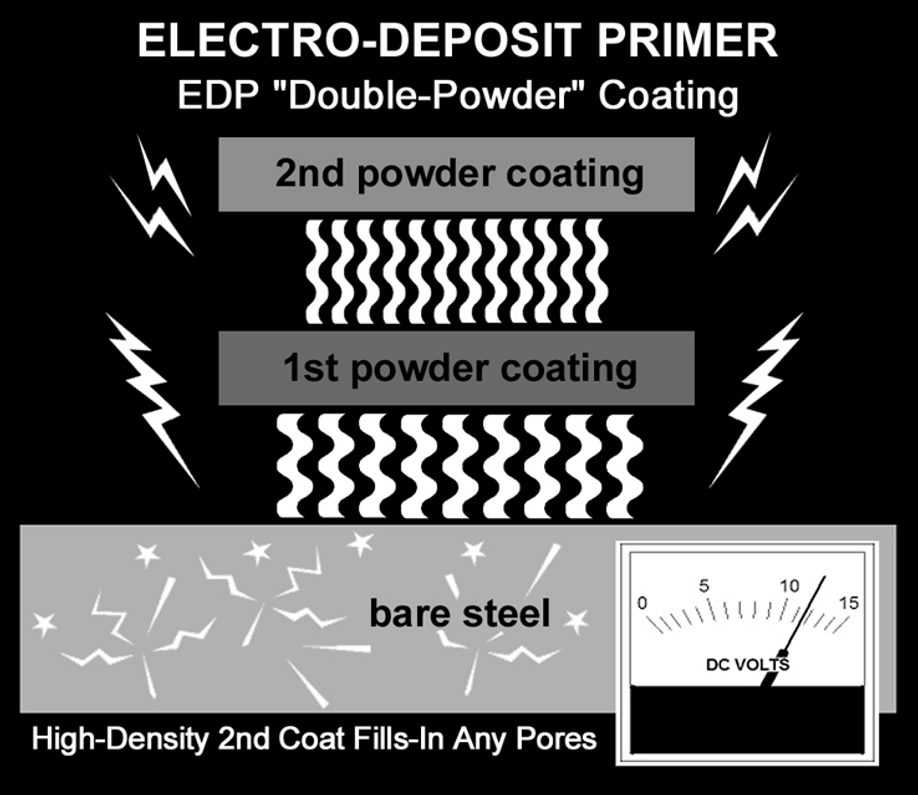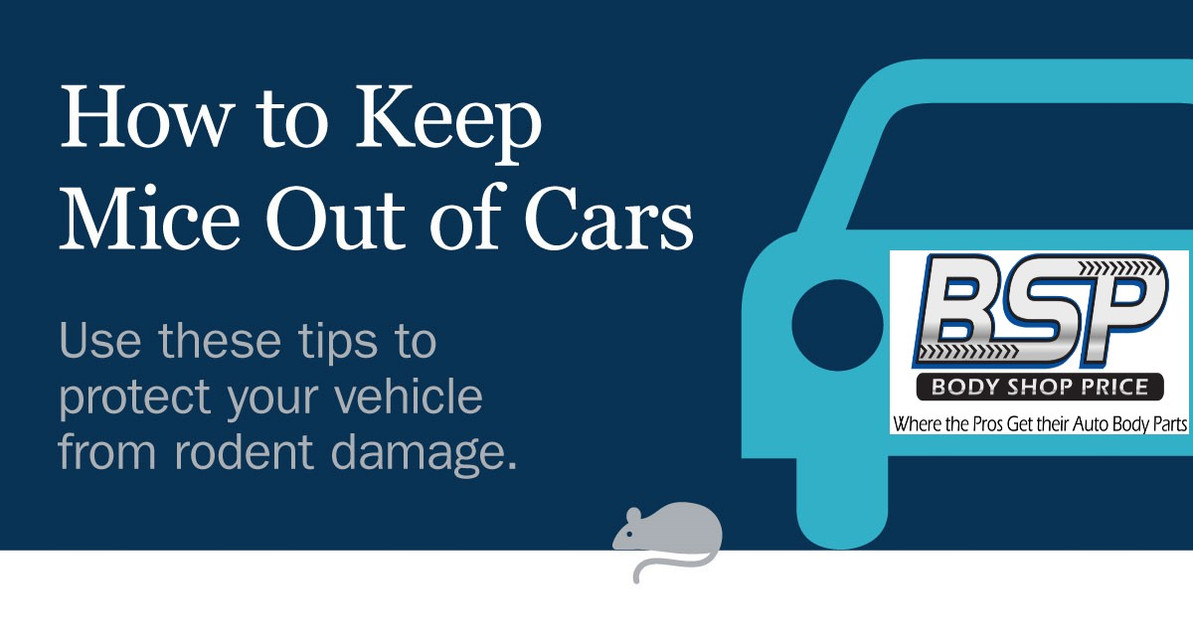How to Keep Rodents Out of Your Car
Rodent infestation can cause headaches for car owners. Mice, rats and squirrels love nesting in warm places, and they can take up residence in a car’s cabin or under its hood. Once there, they can cause severe damage to the vehicle’s components.
This is a problem that has made car manufacturers the target of lawsuits. These lawsuits claim that the soy-based wire covering used by some automakers is enticing to rodents and increases the likelihood of infestation.
However, regardless of whether wires are covered in soy-based materials, it’s an established fact that rodents are drawn to them. Homeowners and car owners alike have wrestled with this issue for years.
The damage caused by rodents can result in costly repairs. These repairs may be covered by your car insurance, depending on your policy. But they typically aren’t covered by your car’s warranty.
If your car has an infestation, you’re at risk of contracting the diseases that the rodents carry. Rodents such as deer mice, rice rats and cotton rats can transmit various hantaviruses. These viruses are contained in urine, droppings and nesting materials, and they can be fatal to humans.
There are steps you can take to prevent rodents from nesting in your car. Here are some guidelines you can follow to discourage infestation.
1. Park or store your car in a garage. Parking outdoors can make your vehicle more attractive to rodents. Rodents are drawn to grass and vegetation. The risk of infestation is especially high for vehicles parked in tall grass or near heavily wooded areas.
2. Keep your car’s windows and sunroof closed overnight. Even a slight opening in your car’s windows or sunroof could invite rodents into the cabin. Make sure your windows are closed all the way when parking your car for the night. If your vehicle has a sunroof, ensure that it’s sealed tightly.
3. Keep your car’s cabin free of clutter. Items such as paper, garbage, tissues and fast-food bags are potential food sources for rodents, and they can make your car a desirable destination for these pests.
4. Treat your car with essential oils or commercial products that emit rodent-repellent smells. Certain essential oils emit smells that do a fantastic job of deterring rodents. Peppermint oil is a natural rodent repellent, as are essential oils derived from cloves and cayenne pepper.
You can spray one of these oils in and around your car to ward off invaders. These oils may also be used to soak cotton balls that are placed in your car’s cabin and under the hood. This process will need to be repeated a couple of times a week as the smell wears off.
Certain pest control companies also make products you can use that give off odors designed to repel rodents.
5. Sprinkle cedar shavings, sawdust or mulch around your vehicle. The rich scent emitted by cedar contains phenols that are repulsive to rodents, and these phenols can ultimately kill them by damaging their lungs and trachea. As an added plus, cedar also repels fleas, moths, cockroaches and venomous snakes.
There are different varieties of cedar, and they’re not all equally effective at rodent control. Western Red Cedar has been hailed as a top choice for warding off rodents. Place the shavings, sawdust or mulch from this type of cedar around your car to discourage these pests.
6. Wrap your car’s wires in rodent-deterrent tape. Honda makes a rodent-deterrent tape that’s treated with capsaicin. This is a substance found in hot peppers, and it’s a turn-off for rodents.
This tape may be purchased from Honda dealers, and it’s also sold online.
7. Use ultrasonic pest repellers to ward off rodents. If you’re looking for a clean and fuss-free approach to rodent control, an ultrasonic pest repeller is an option worth considering. These devices work by emitting sound waves that can cause confusion, convulsions and fatalities in rodents. The sound waves aren’t audible to humans. Note that while these sound waves aren’t harmful to humans, dogs and cats, they may cause negative symptoms in domesticated rodents such as rabbits and hamsters.
Ultrasonic pest repellers don’t all provide equal levels of effectiveness, so choose one that has gotten good online reviews. These devices have a short range. If using one to keep rodents away from your car, you’ll need to install it close to the vehicle.
8. Set rodent traps inside the vehicle to capture intruders. If you suspect that you’re already experiencing an infestation, rodent traps can help to eliminate the problem. Rodent traps can be placed in front of the seats, behind the seats or in the trunk when the car is parked overnight. These traps should always be removed from the car when occupants are present.
Several types of traps are available. We’d recommend choosing a hygienic rodent trap. These seal the dead rodent within an opaque container once it’s been caught. The trapped animal is kept out of sight, and this is great for those who may be squeamish at the thought of viewing a dead rat or mouse when removing the trap. Also, the trap securely contains potentially dangerous fluids such as blood and urine.
Recent Posts
-
EDP Coating
Everything You Need to Know About EDP Coating for Body Repair PanelsAlmost all of our replacement …Feb 18th 2020 -
Safe Driving Tips During The Holiday Season
The holiday season brings a number of unique driving risks. During this time of year, there can be …Nov 26th 2019 -
How to Keep Rodents Out of Your Car
Rodent infestation can cause headaches for car owners. Mice, rats and squirrels love nesting in wa …Nov 12th 2019




